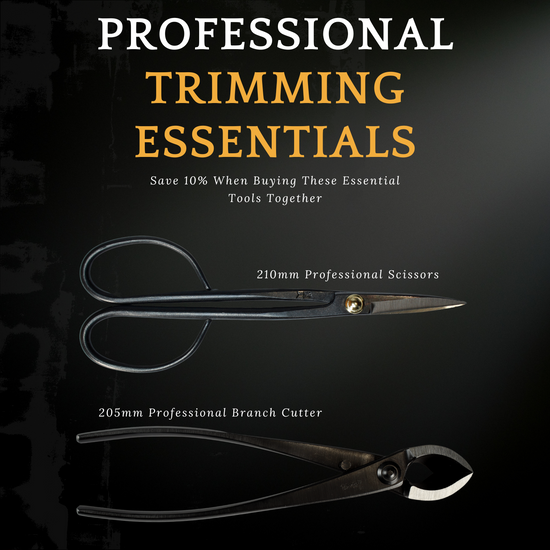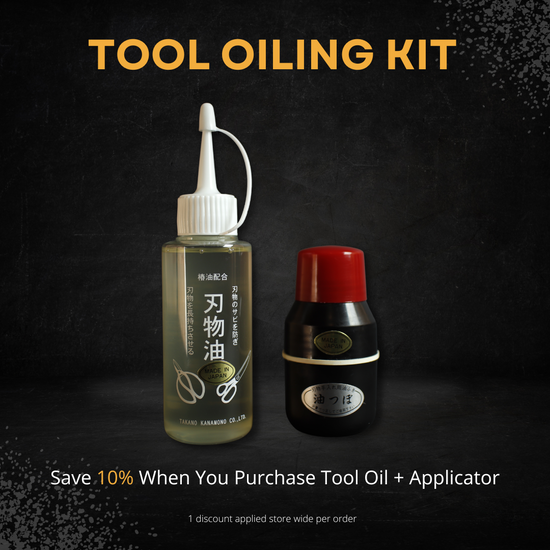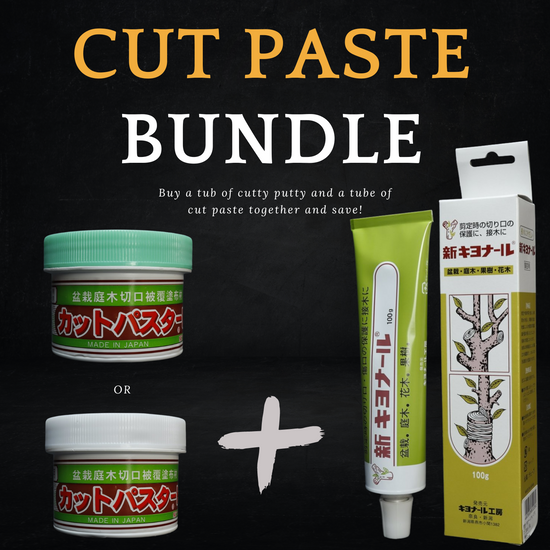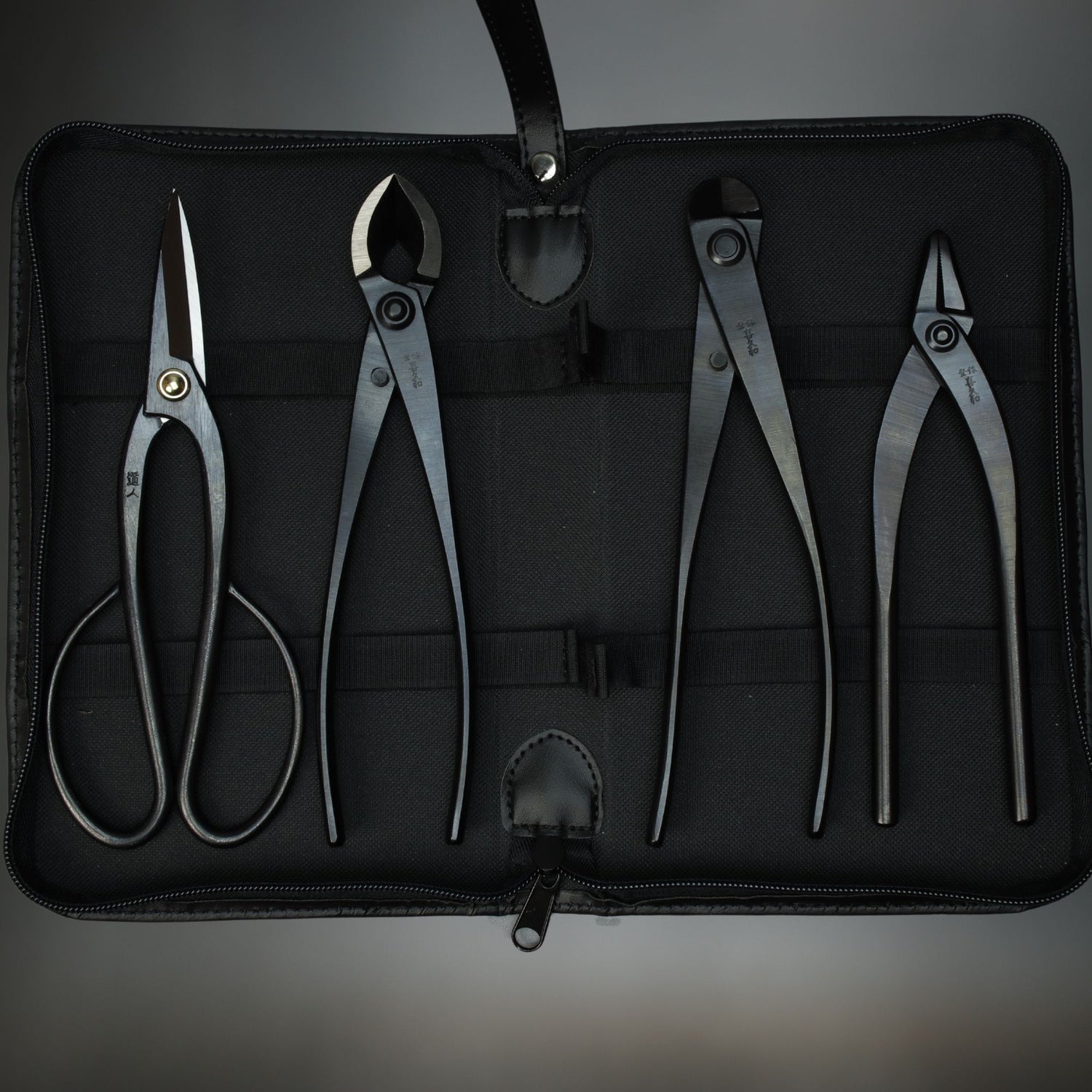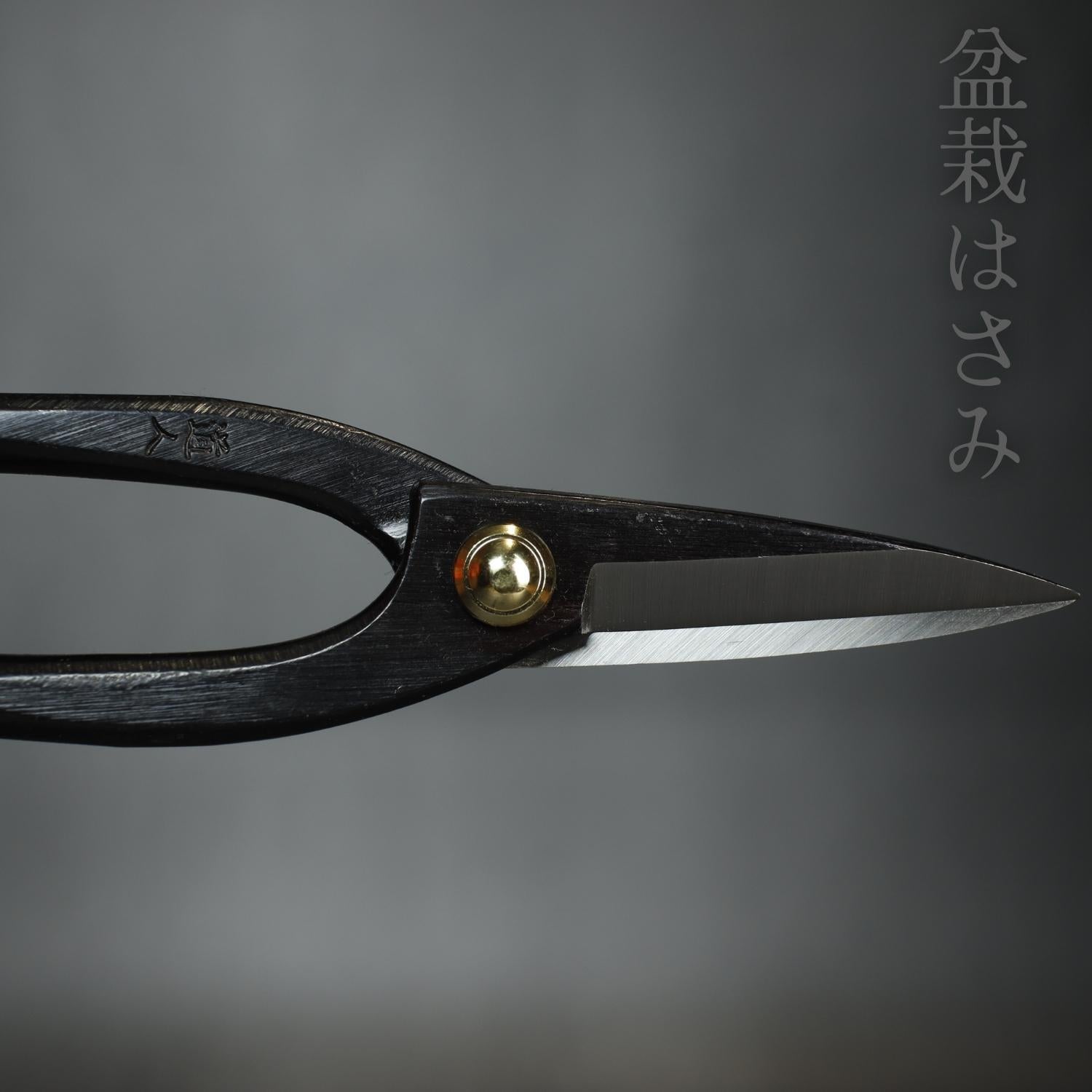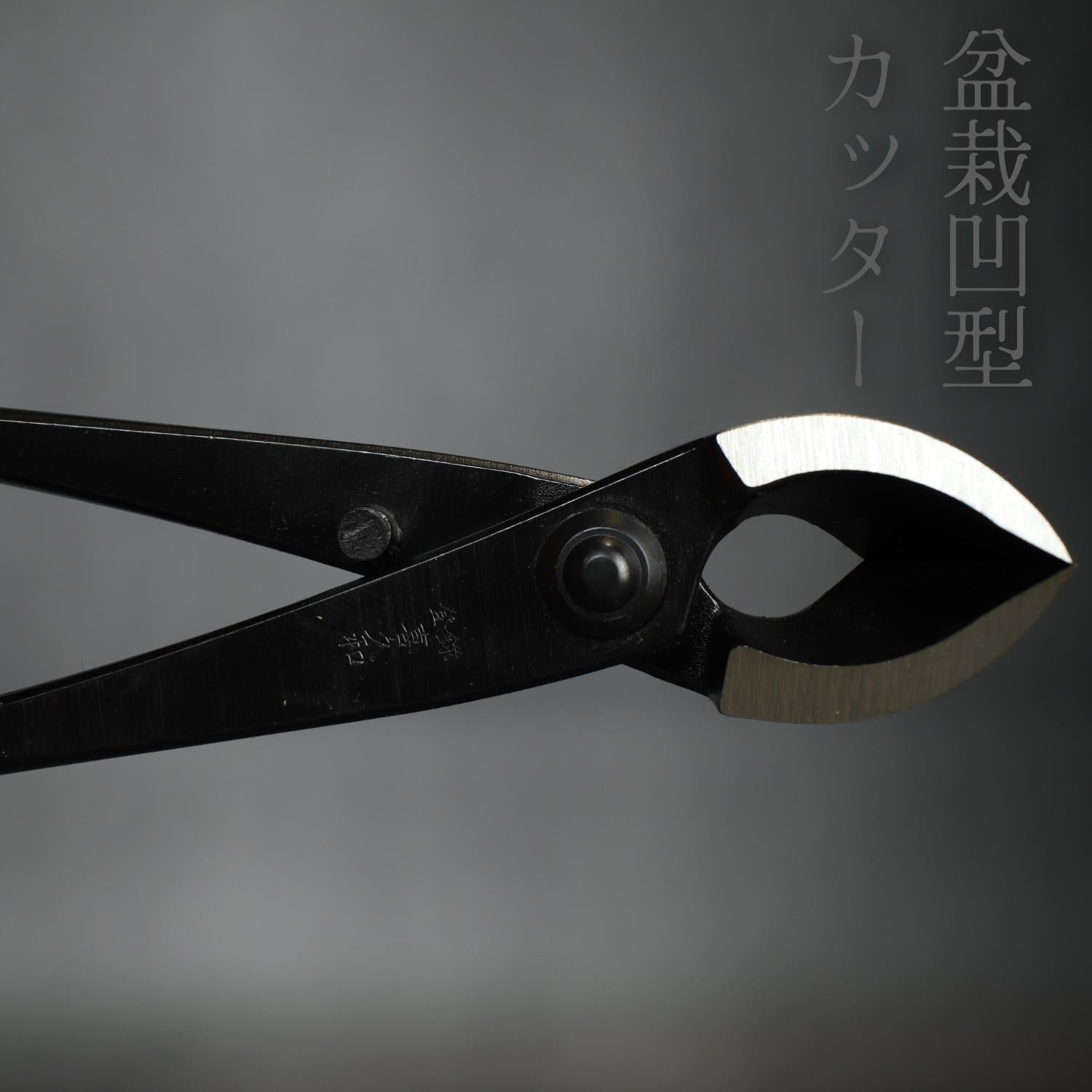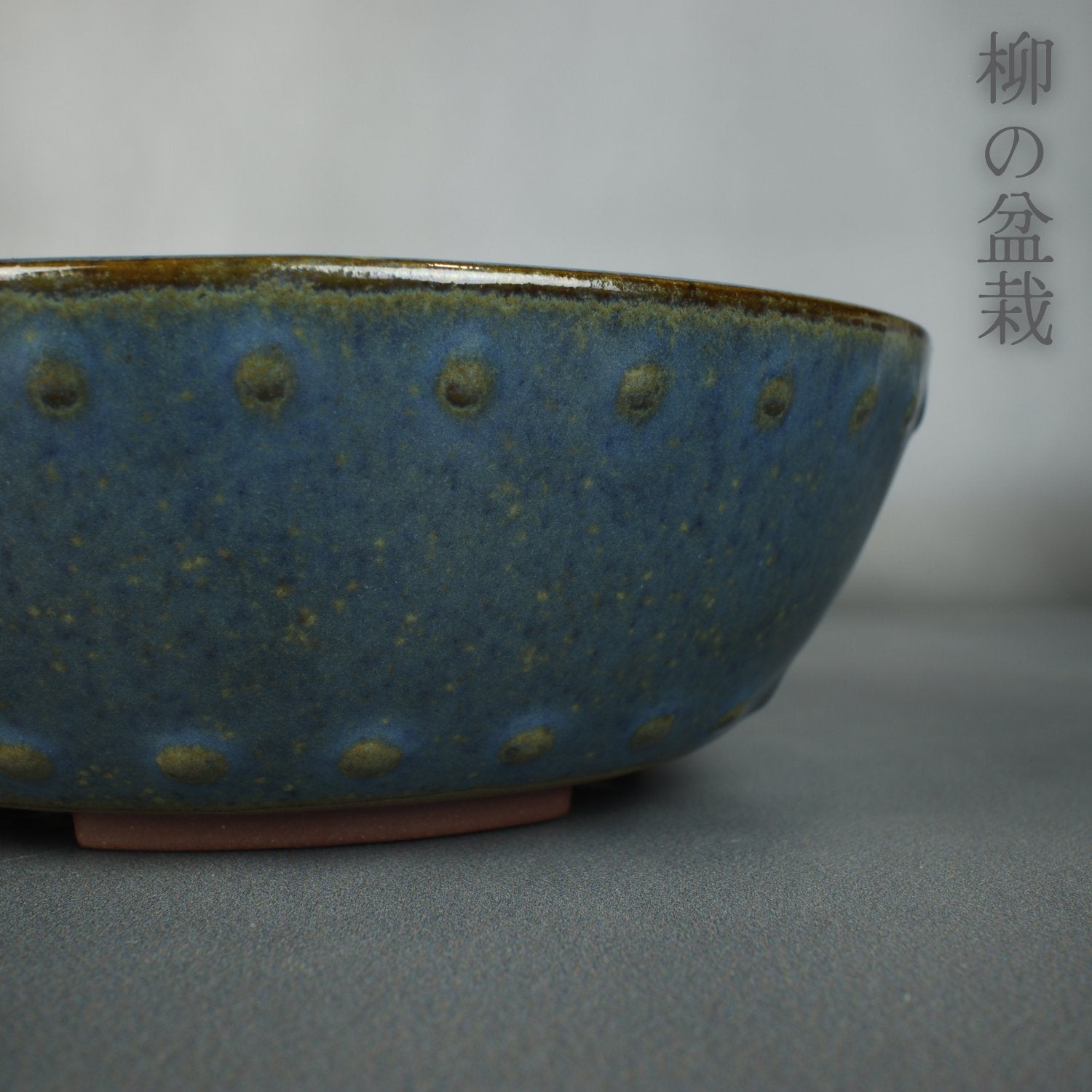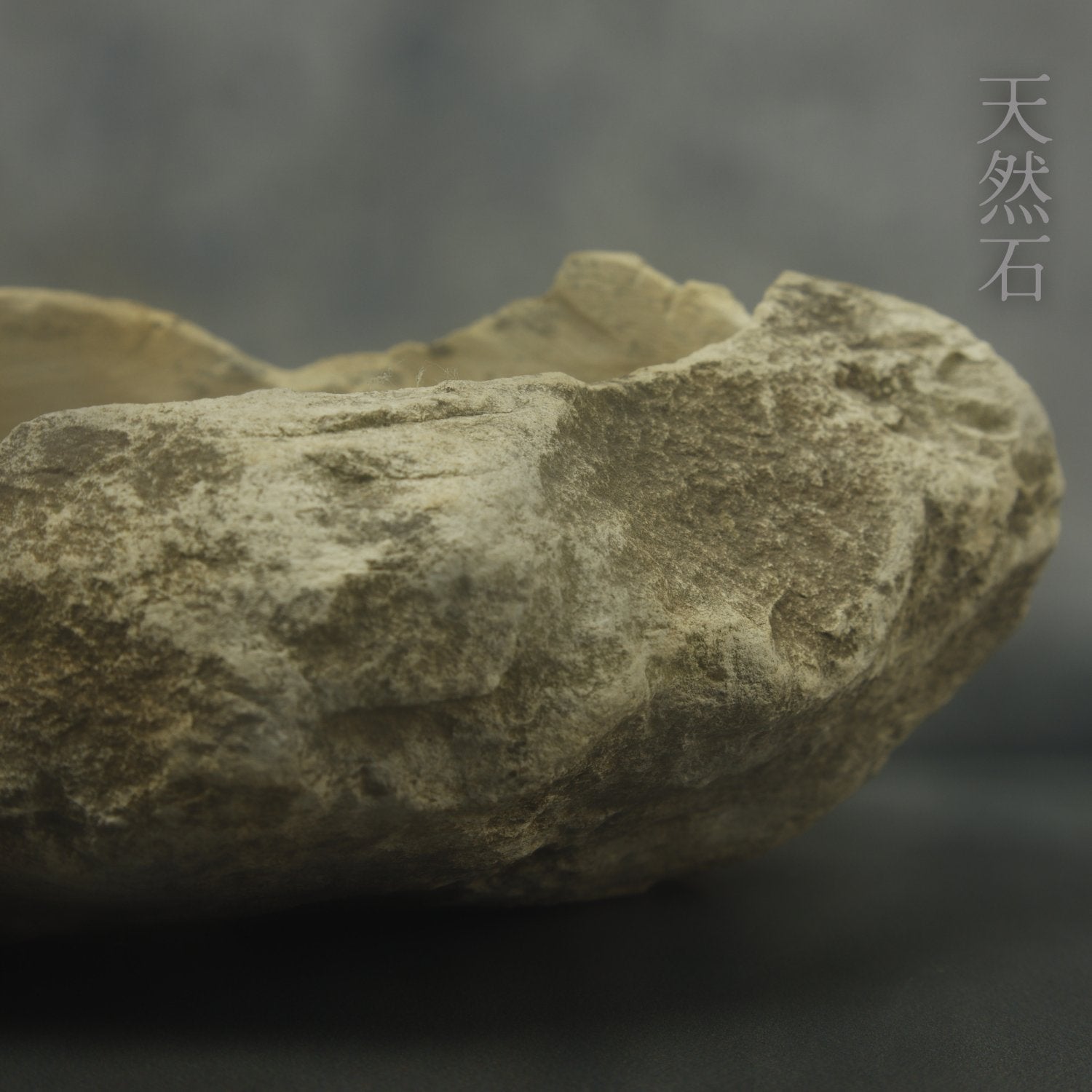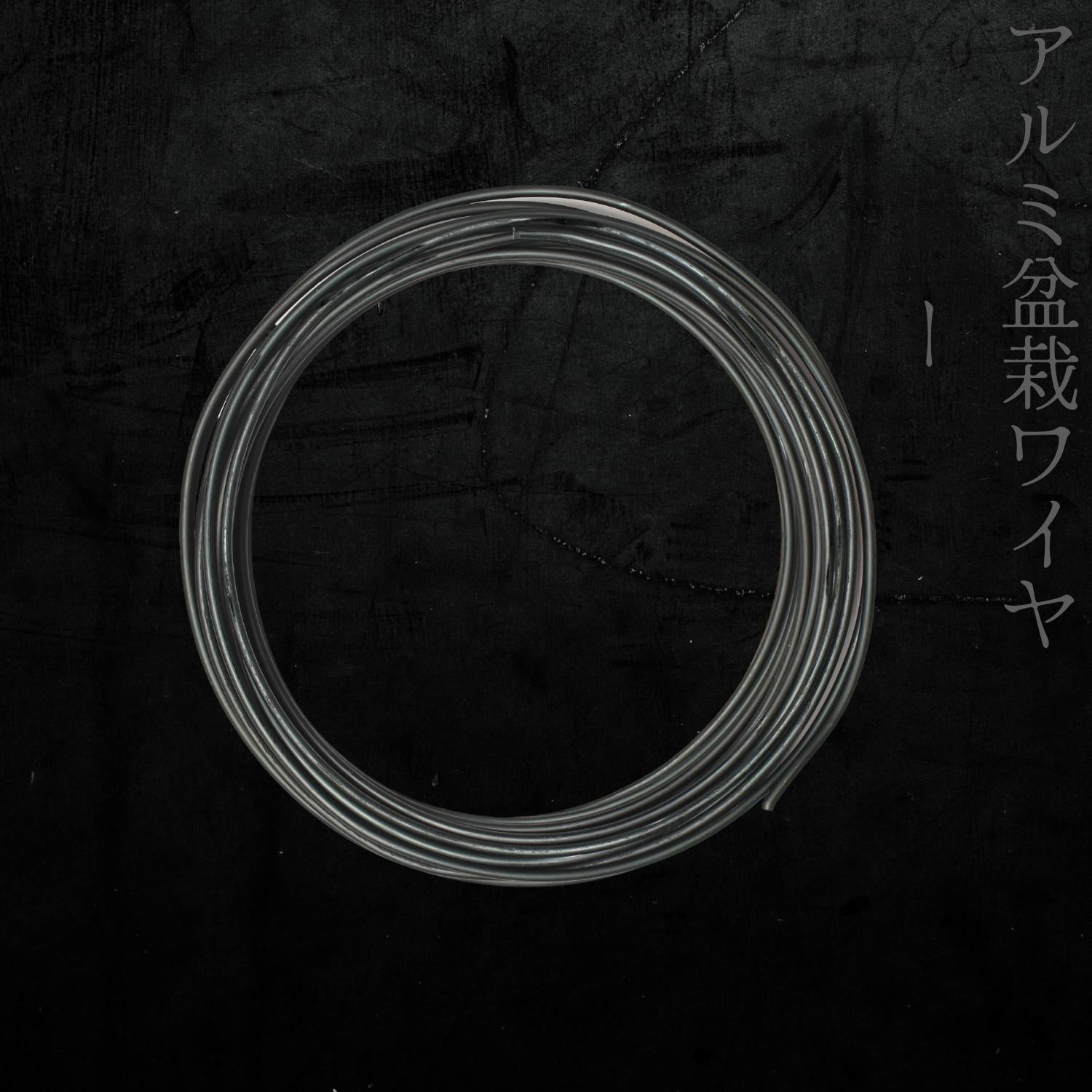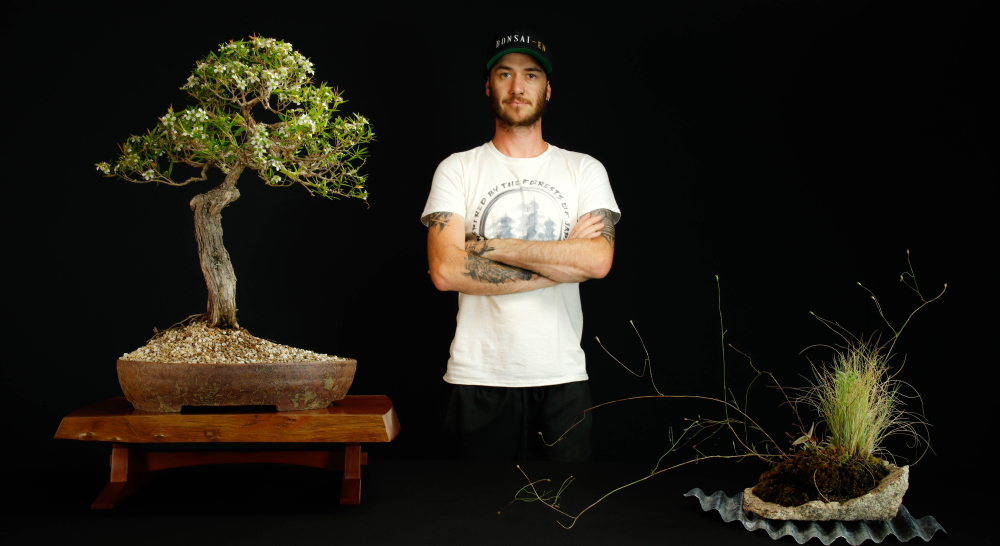We all know we go through 4 different seasons in Bonsai, for most parts of the world anyway. Today we will take a look at the general guidelines for work performed in Spring.
This subject is one of the more confusing aspects of Bonsai which is knowing what work to perform in what season and why we might do these things in those particular seasons. So today i want to quickly run you through some of the more typical things that we do and why.
Spring
Spring is a time of vegetative growth meaning trees put on new foliage and expand their ability to photosynthesis and grow, It is generally both an exciting time as the trees are waking up full of energy ( hopefully if we did proper autumn work ), and a very Busy time in terms of Re-Potting.
Pruning : When it comes to spring pruning we need to be very calculated about what we do and don't cut. If a tree is in full refinement we might want to trim branches to stop them from thickening too much in the top of the tree but allow them to grow at the bottom where a bit of thickening wont cause issues to our taper. But we still need to be careful with how much of that new growth we take off. Try and imagine your Bonsai pot as a fuel tank, going into spring the tank is full. The tree uses lets say a quarter of a tank to put on all its new growth and expand the trees system ( this could also include growing new roots ). The tree needs to regain this energy, Now it is true that it can do this through its older growth but that growth isn't nearly as photosynthetic as the new growth will be, By allowing the new growth to harden off and photosynthesis you are essentially allowing the tree to regain its spent energy. If you cut the new growth off as soon as the tree pushes it you will encourage another flush of growth almost instantly, this will use another quarter of a tank of fuel. Now your tree has only half the energy it did have, now lets assume you cut the next flush off again.... you see where I'm going with this. It is important to allow the tree to get back what it has given in spring, there is a few weeks of having your trees look a little un tidy and out of shape but for the tree it will be the best thing for it.
Re-Potting : End of Winter Early spring is the window for most of our trees to be re-potted. This timing varies around the world and even from state to state in some country's, it actually has more to do with the weather pattern then the actual season so lets see why. Most deciduous trees get re-potted as the buds begin to open but not completely flush, Other trees need to wait until over night temperatures are steadily warm to allow faster root growth. At this time of year we have past the period of cold frosts ( if you get frosts make sure you have had at least 2 straight weeks without a frost ), and it also hasn't gotten hot enough for the tree to suffer while its root system is compromised. We need to understand that when we re-pot bonsai or do any kind of root cutting work the tree has a limited ability to take up water until the system re grows which if you do it with good timing and technique will be roughly 14 days. During this time of having a compromised root system we don't want to put the tree through any stress which is why we need to avoid frosts and high temperatures. That's why we have that small window in early spring where the tree is bursting with energy which will allow fast root growth and the temperature is half way between cold and hot and we need to get that water up take back to normal before the hot weather arrives mid to late spring and the tree begins to rapidly transpire, if your roots are compromised at this point your tree will suffer greatly. The biggest take away here is get your timing on point!.
Wiring : I always try to tell people to avoid wiring as much as you can during spring, i do understand that sometimes there might be a branch or 2 that you need to get shaped before it grows over the spring period. So why do i avoid spring wiring? During spring we go through a period of vegetative growth ( vascular growth through the autumn period ). When the tree is putting on new foliage the inner workings of the tree are very active and fragile. A common thing that happens when wiring in spring is the cambium and xylem layers get torn which stops the growth of new cells and prevents the branch from being able to pull up water from the root system to that section of the tree. As the branch begins to die the person who did the wiring can not figure out what happen because there is no physical break in the branch. If you need to wire during spring i suggest very small adjustments rather then large bends.
The next reason to avoid wiring in spring is the fact that the branch will begin to thicken fairly quick which can cause wire bite very quickly. Now on conifers this isnt the end of the world as it will callus over and eventually bark will cover the wound. but on deciduous this is very bad as that wire bite may never heal and leave very obvious scaring on your branches which will stand out like a sore thumb during the winter silhouette period.]
Fertilising : Now we need to separate this into 2 parts, Tress in Refinement and Trees in Development. With trees in refinement we need to be carful about how much and what fertiliser we apply as we could ruin our fine ramified branch structure. For most of our deciduous trees we will avoid applying fertiliser before the first flush to enable shorter internodes and smaller leaves. If we put nitrogen on the tree this will cause elongation and bigger leaves. We usually begin fertilising trees in refinement after the first flush but there are some cases where fertilising before the first flush might be necessary.
In development though it is the opposite story, we want to fertilise straight away and promote as much new growth as possible and the larger the better as this will help us thicken and develop our trees even faster. Remember during development we are not focusing on styling and leaf reduction we are focusing on growing. Any large internodes or giant leaves we promote we will cut off before going into refinement.
Watering : Moving into spring our watering will begin to shift, during winter watering was minimal due to the lack of transpiration and growth in the tree, but as the tree begins to wake up and move resources and as the temperature begins to rise we will see a need for increased watering with our trees, it is important that we slowly adjust this. On the first day of spring we don't just say " ok ill water once a day from now on". We need to watch our trees and water the ones that need it. This is probably the trickiest time in Bonsai watering as some trees will begin to flush quicker then others and need water more often then others, So there is a real divide in the garden between the trees that have already moved into a stage of more watering and the trees that are still dragging their feet. There will also be another slight adjustment going into summer but we will discuss that in part 2.
Ok so that is it for Part 1 of our Articles on Bonsai Seasons. I hope this has helped you understand Spring a little better and maybe even changed your mindset a little on some of your timing and techniques applied during this time.


